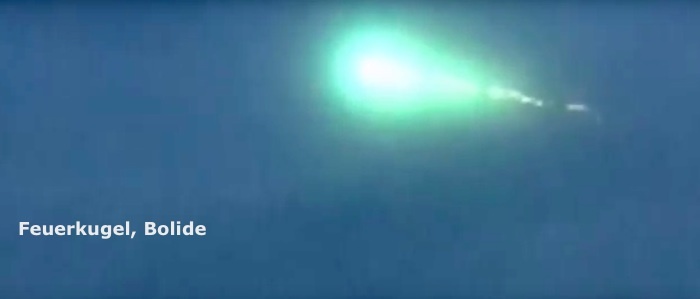13.11.2021
A "bolide" can be described as a small meteor having a mass of one hundred grams to tens of tonnes

A bolide [small meteorite — TASS] that shot through the evening sky over St. Petersburg on Thursday posed no threat, senior research fellow Nikolai Zheleznov, of the Applied Astronomy Institute under the Russian Academy of Sciences, told TASS on Friday.
"Had there been a large meteorite, it would have caused an explosion and a blast wave. The way it happened in Chelyabinsk. Not everybody saw it, but everybody felt it then. This time we are hearing nothing about a shock wave or an explosion. Most likely, the meteorite was a small one, several meters in size. It just burned up in the atmosphere," Zheleznov said.
On the evening of November 11, many residents of the Northwestern Federal Region saw a bright flash in the sky. The bolide was caught on the cameras of St. Petersburg’s Lakhta Center, St. Petersburg’s tallest building, and also on many people’s mobiles and car video recorders. Internet users speculated that it might have been a meteorite, but the place where it fell to earth has not been found.
"Each year tens of thousands of tonnes of meteorites fall on the Earth’s surface. This is not a rare phenomenon. Why have they begun to be discovered more often? Just because there are far wider opportunities for making photos and videos. The fallouts’ intensity has been always the same. The sole difference is many just did not believe eyewitness accounts. These days everybody has mobiles, cameras and dashcams," Zheleznov said.
Although the International Astronomical Union does not have an official definition of the term "bolide," it can be described as a small meteor having a mass of one hundred grams to tens of tonnes. The bolides’ apparent magnitude (or brightness) exceeding -4M is another special feature. Bolides often leave a bright trail of dust and ionized gases.
Quelle: TASS
